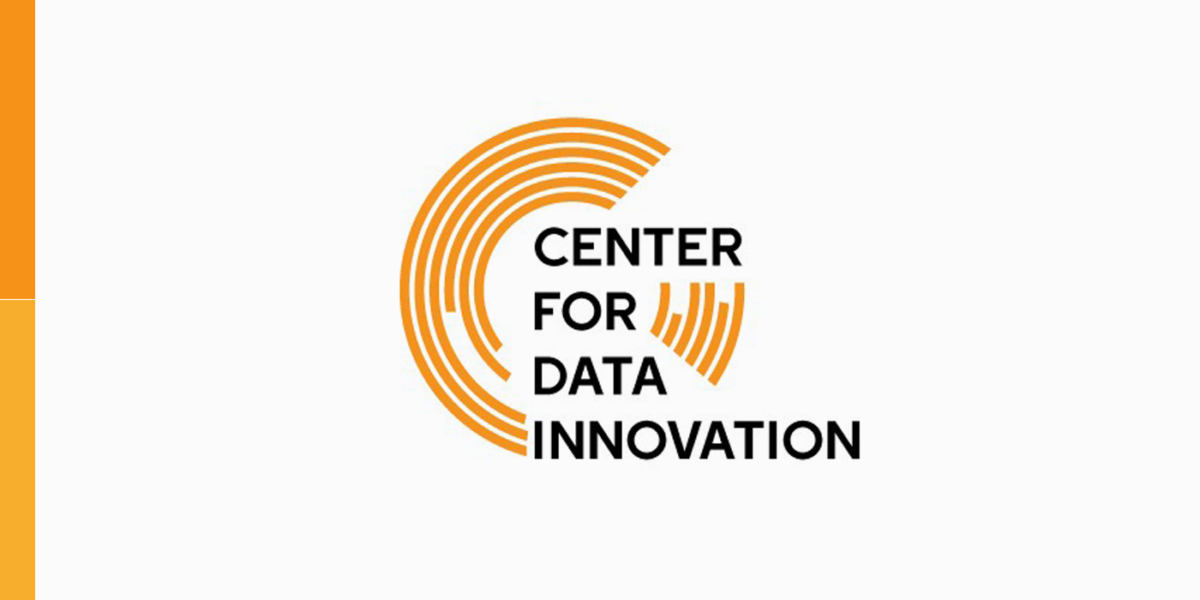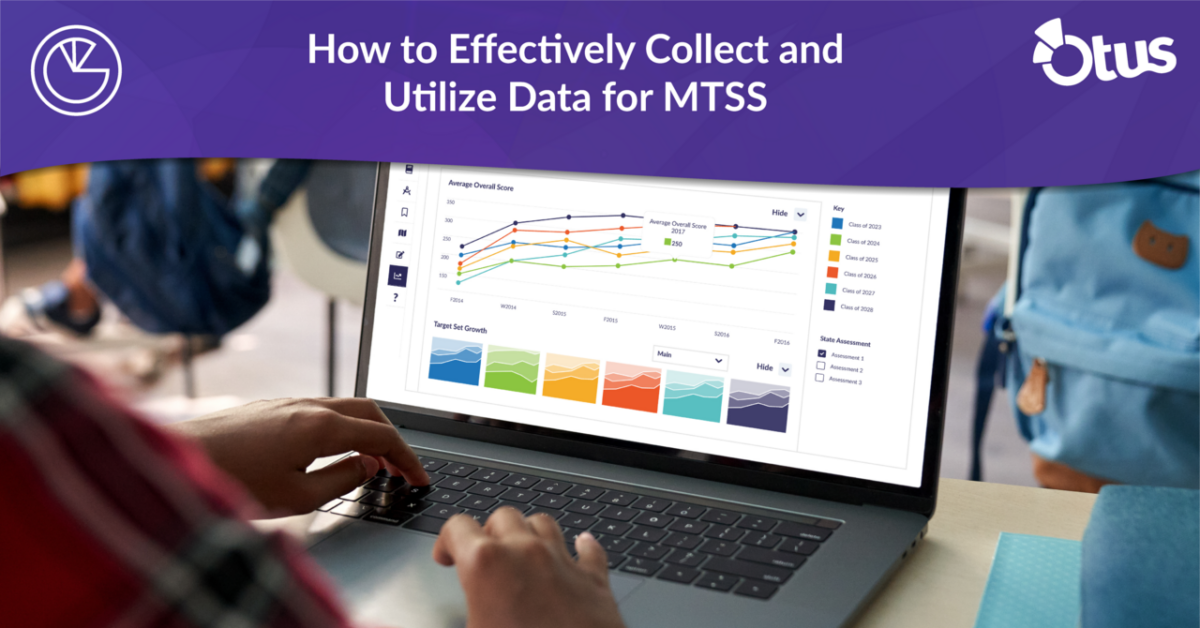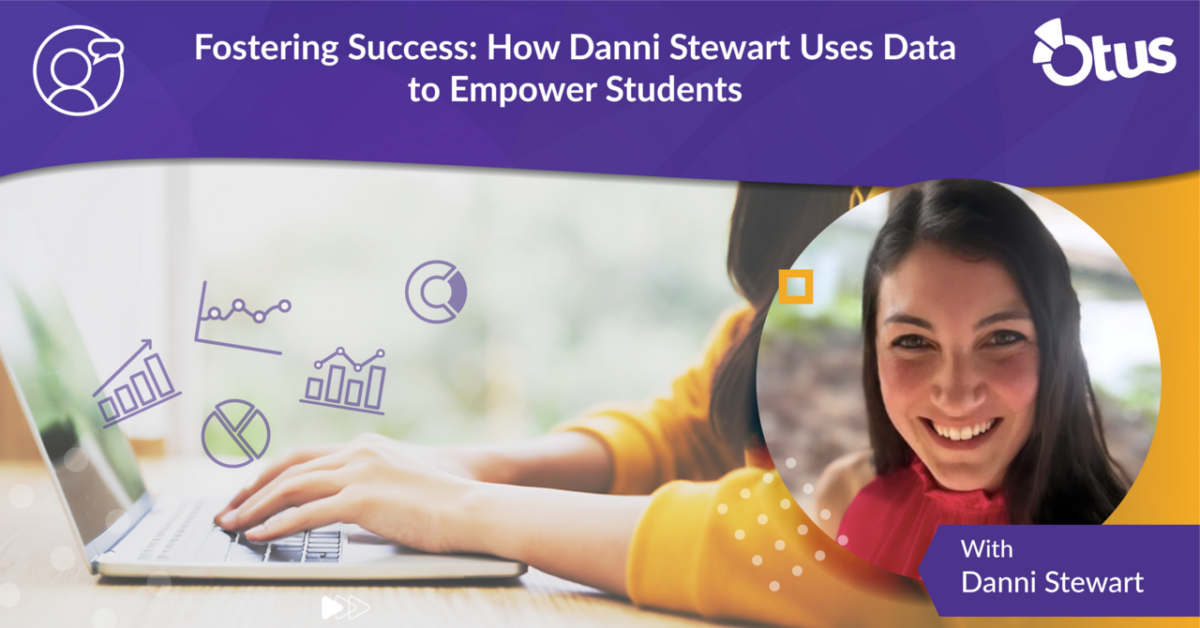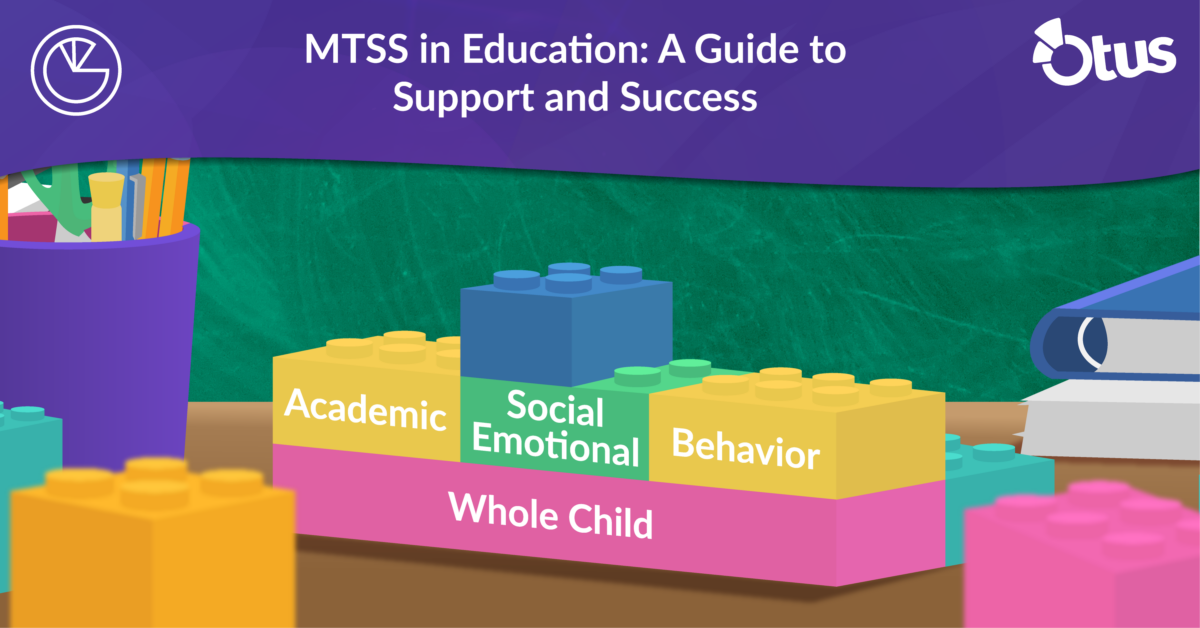This report was published by the Center for Data Innovation (CDI). We’ve posted it here because it supports our mission. Read the full report, here.
Schools today are not very different from 50 years ago. Instructors still teach to the average, rather than provide students personalized instruction, because it is expedient, not because it is effective. Most educators still rely on tradition and rules of thumb, rather than use evidenced-based tools and methods to advance student achievement. And most administrators still make decisions, often inaccurately, based on assumptions and intuition, rather than use detailed metrics and analytics to manage schools efficiently and fairly. In short, while most Americans are empowered by data and technology in many aspects of their lives, U.S. schools are largely failing to use data to transform and improve education, even though better use of data has the potential to significantly improve how educators teach children and how administrators manage schools.1
Though some industries have completely restructured their operations around the new opportunities afforded by data-driven technologies, education has yet to undergo such a transformation to capitalize on the potential of data. Although information technology (IT) has entered most U.S. classrooms, with 93 percent of teachers regularly using digital tools to assist classroom instruction in some capacity, schools still focus on using IT to support operations, rather than leverage data to transform and improve these operations.2. The reasons for this range from inadequate teacher training to systemic limitations in how states manage their education technology infrastructure. In addition, misinformed and ill-conceived opposition to improving how the education system uses data routinely limits policymakers and educators from making meaningful progress. For example, a common misperception is that increasing the collection and use of data in the classroom would increase the much-loathed annual standardized testing when in reality, data-driven education would reduce reliance on such ineffective methods of student and teacher assessment.
If the education system’s sluggish recognition of the potential of data has a silver lining, it is this: The United States now has an opportunity to rebuild its education system to support data-driven education by taking advantage of technologies and best practices already established in other sectors. To do this, the U.S. education system, from local school districts to the federal government, should systematically implement the policies, practices, and technologies that enable datadriven education. A data-driven education system should achieve four
main goals:
Personalization
Teachers tailor lesson plans, educational materials, and assessments to meet the unique needs of each student. Rather than being forced to “teach to the test,” instructors will be empowered to “teach to the student.” Educators dynamically adjust instruction to accommodate students’ individual strengths and weaknesses rather than continue to utilize a mass production-style approach. No child should be struggling to keep up or bored in the classroom because the lessons they are being taught are at the wrong level for them.
Evidence-Based Learning
Teachers and administrators make decisions about how to operate classrooms and schools informed by a wealth of data about individual and aggregate student needs, from both their own students as well as those in comparable schools across the nation. Classroom decisions are influenced by data showing what does and does not work rather than by intuition, tradition, and bias.
School Efficiency
Educators and administrators use rich insight from data to explore the relationships between student achievement, teacher performance, and administrative decisions to more effectively allocate resources. School operations are transparent, allowing better oversight and management so that administrators can eliminate ineffective practices.
Continuous Innovation
All education stakeholders have streamlined access to useful and usable education data that can serve as a powerful platform for improvement and innovation. Researchers, educators, parents, policymakers, tech developers, and others can build valuable and widely available new education products and services to uncover new insights, make more informed decisions, and continuously improve the education system.




